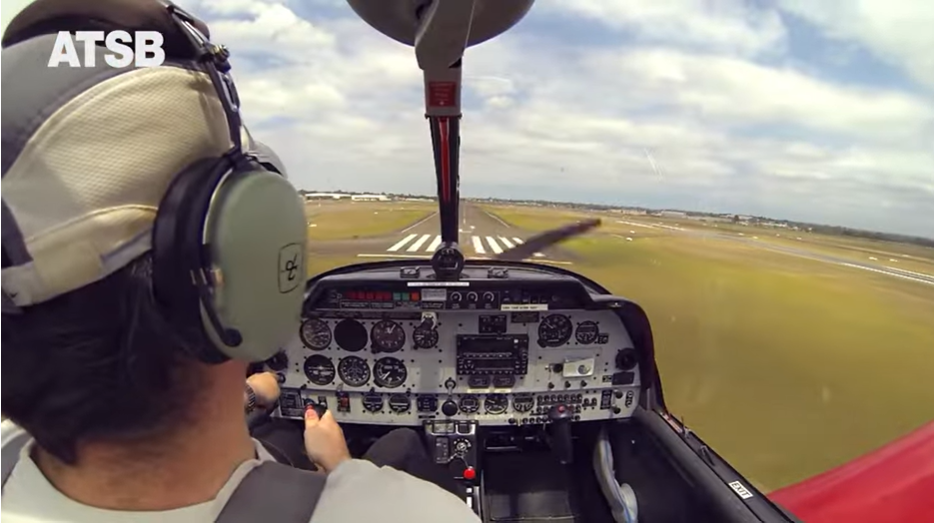
The Australian Transport Safety Bureau is encouraging general and recreational aircraft owners to take advantage of the government’s Automatic Dependent Surveillance Broadcast (ADS-B) rebate program before it ends in May 2027.
To incentivise voluntary uptake of ADS-B installations in Australian–registered aircraft operating under Visual Flight Rules (VFR) or Instrument Flight Rules (IFR), the government is providing a 50 per cent rebate on the purchase cost – capped to $5,000 – of eligible devices and, where applicable, the installation.
One eligible operator, the Manning River Aero Club based at Taree Aerodrome in northern NSW successfully applied for a grant in May 2023 to assist with installing ADS-B OUT in their Cessna 172S aircraft.
“Since our installation, pilots operating the aircraft have reported receiving numerous radio calls from air traffic services and regular public transport aircraft providing traffic alerts or requesting flight details for traffic separation,” President of the Manning River Aero Club Gary Tonkin said.
“The government’s rebate paid for half the purchase and fitting costs for the ADS-B equipment, which made the installation financially possible. Our pilots are already seeing the benefits of having ADS-B installed.”
In support of the rebate program, ATSB Chief Commissioner Angus Mitchell reminds those eligible for the rebate about the added safety benefits that ADS-B offers.
“The ‘see and avoid’ principle for pilots has known limitations, and the use of ADS-B IN with a cockpit display or an electronic flight bag application showing traffic information greatly improves a pilot’s situational awareness and enhances the safety of their flight,” Mr Mitchell said.
“While there were a number of contributing factors, the need for improved situational awareness for pilots was evident during our investigation into the mid-air collision of two IFR training aircraft near Mangalore Airport in 2020. While both aircraft involved in the collision were operating under instrument flight rules (IFR) and equipped with ADS-B OUT, neither aircraft were equipped with ADS-B IN systems.”
To support its investigation into the mid-air collision, the ATSB initiated an aircraft performance and cockpit visibility study to determine when each aircraft may have been visible to the pilots of the other aircraft. The study has clearly showed that had the aircraft been equipped with ADS-B IN, the pilots would have been assisted in locating the other aircraft and alerted to its position much earlier than by visual acquisition.
“Both a cockpit display of traffic information with an ADS-B traffic alerting system or an electronic conspicuity device connected to an electronic flight bag application could have provided this advance warning of a potential collision to the pilots of both aircraft with this tragic accident probably being avoided,” Mr Mitchell said.
“When flying in non-controlled airspace it’s important to have a high level of situational awareness, and one tool that can help you and other pilots is ADS-B IN.”
The accurate positional data available from ADS-B can also assist in managing life-saving search and rescue (SAR) operations undertaken by the Australian Maritime Safety Authority (AMSA). For aircraft in distress that are equipped with ADS-B, AMSA’s Joint Rescue Coordination Centre Australia will use the aircraft’s last known ADS-B position to refine a distress location.
ADS-B can also provide enhanced traffic conflict data in a search area that may involve multiple SAR aircraft to enhance the safety of those involved in the response.
If you have not already, and you are eligible, please take advantage of the generous rebate to equip your aircraft with ADS-B before the offer ends.
More information, including on how to apply for the rebate is available at: https://business.gov.au/grants-and-programs/automatic-dependent-surveillance-broadcast-rebate-program


